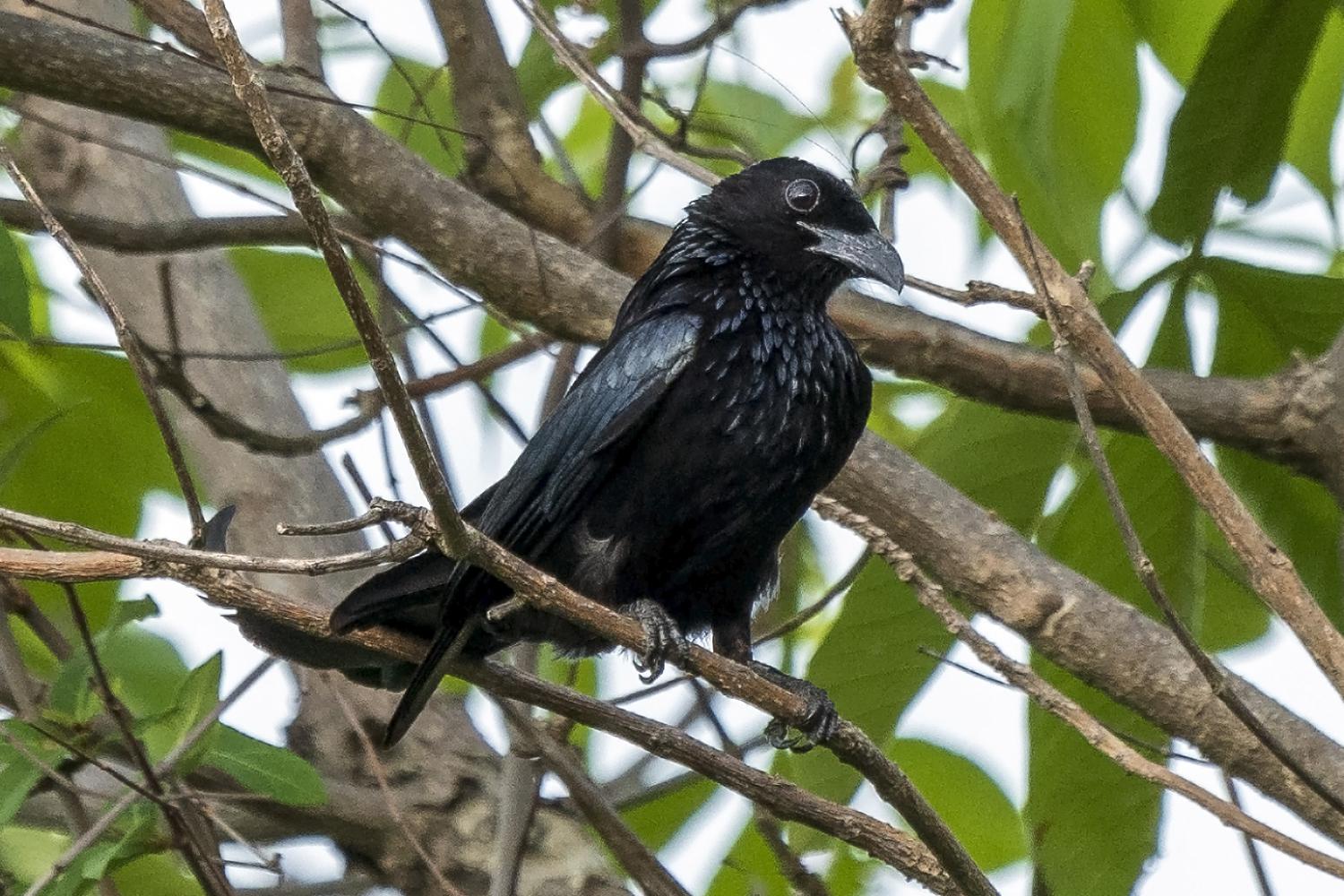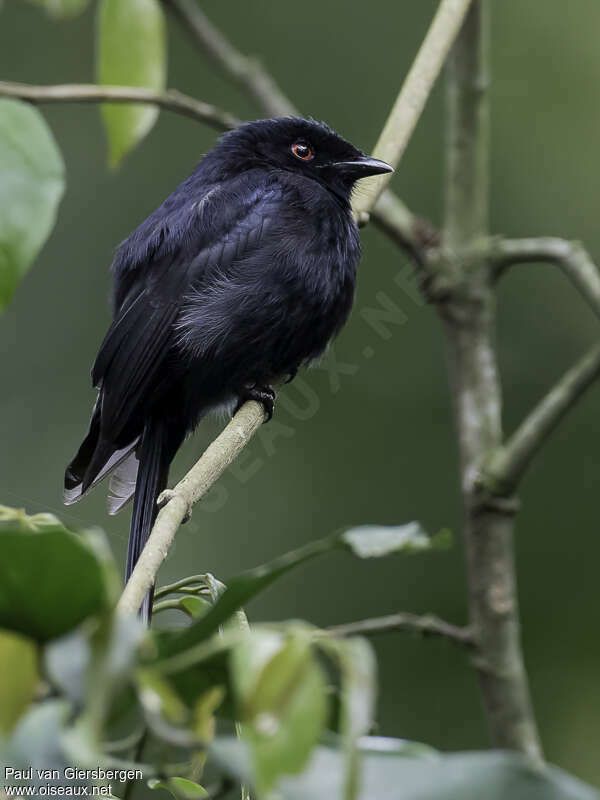The Chihia Menagei: A Deep Dive Into The Hottentot Drongo
Share
The Chihia menagei, commonly known as the Hottentot Drongo, is a fascinating bird species belonging to the family Dicruridae. This article explores the taxonomy, habitat, behavior, and conservation status of this unique bird, providing insights into its ecological role and tips for birdwatchers.

Taxonomy
The Hottentot Drongo is classified under the order Passeriformes and the suborder Oscines. Its scientific name is Dicrurus hottentottus, with the subspecies being menagei, first described by Bourns and Worcester in 1894. The type specimen was collected in Badajoz, located on Tablas Island in the Philippines. This bird is part of a family known for its distinctive characteristics and behaviors.
Physical Characteristics
The Hottentot Drongo is a medium-sized bird, typically measuring around 25-30 cm in length. It has a striking appearance, characterized by glossy black plumage that can appear iridescent in sunlight. The tail is long and forked, which is a common trait among drongos. The eyes are dark and expressive, contributing to its overall striking look.

Habitat
This species is endemic to the Island of Tablas in the Philippines, where it inhabits a variety of environments, including forests, open woodlands, and scrublands. The Hottentot Drongo prefers areas with ample trees and shrubs, which provide both nesting sites and hunting grounds. Its presence is often associated with the availability of insects, which form a significant part of its diet.

Diet
The Hottentot Drongo is primarily insectivorous, feeding on a wide range of insects, including beetles, grasshoppers, and caterpillars. It is known for its agile flight and acrobatic hunting techniques, often catching prey mid-air. Additionally, it may also consume small fruits and berries, especially during the breeding season when protein-rich food is essential for raising chicks.

Behavior
Hottentot Drongos are known for their bold and inquisitive nature. They are often seen foraging alone or in pairs, and they can be quite vocal, using a variety of calls to communicate with one another. Their behavior includes mimicking the calls of other bird species, which can be a strategy to attract mates or deter competitors. They are also known to be aggressive defenders of their territory, often chasing away intruders.

Reproduction
The breeding season for the Hottentot Drongo typically occurs during the warmer months. Males perform elaborate displays to attract females, showcasing their impressive plumage and vocal abilities. Nests are usually built in trees, constructed from twigs and lined with softer materials. The female lays a clutch of 2-4 eggs, which she incubates for about two weeks. Both parents are involved in feeding the chicks once they hatch, ensuring their survival in the wild.
Conservation Status
Currently, the Hottentot Drongo is not listed as endangered, but its habitat is threatened by deforestation and land development. Conservation efforts are essential to maintain the delicate ecosystems of Tablas Island, ensuring that this unique species continues to thrive. Birdwatchers and conservationists alike are encouraged to support local initiatives aimed at preserving the natural habitats of the Hottentot Drongo.
Birdwatching Tips
For those interested in observing the Hottentot Drongo, the best time to visit Tablas Island is during the early morning or late afternoon when the birds are most active. Look for them in forested areas and open woodlands, where they are often seen perched on branches or in flight. Bringing binoculars and a field guide can enhance the experience, allowing for a closer look at this remarkable species.
The Chihia menagei, or Hottentot Drongo, is a captivating bird that plays a vital role in its ecosystem. Its unique behaviors, striking appearance, and ecological significance make it a subject of interest for ornithologists and birdwatchers alike. By understanding and appreciating this species, we can contribute to its conservation and ensure that future generations can enjoy the beauty of the Hottentot Drongo.